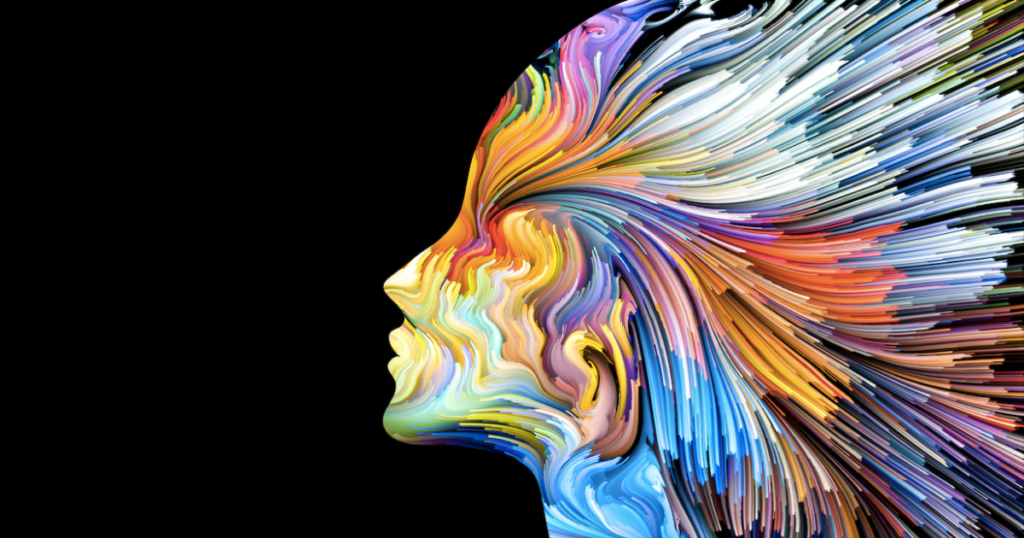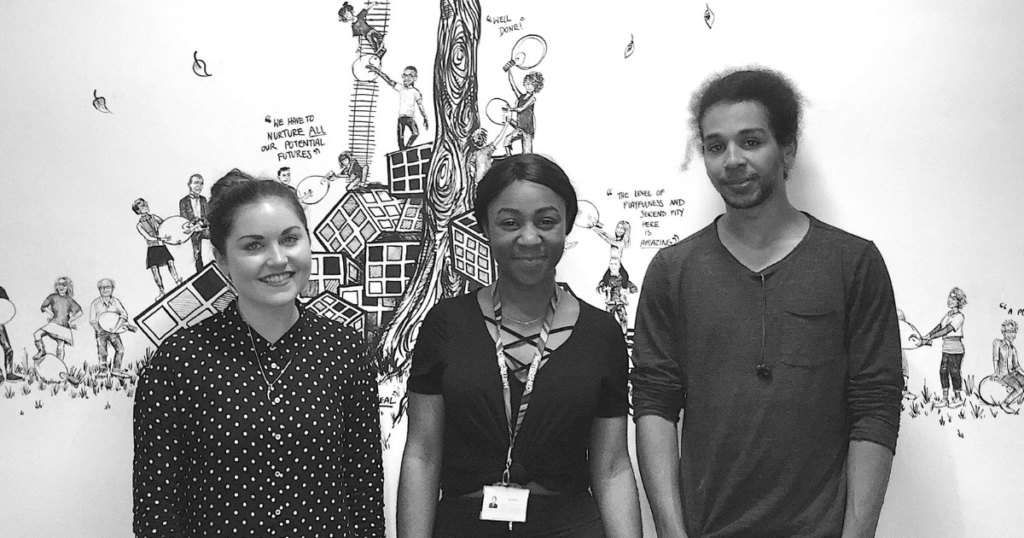Digital agencies, freelance designers and creative consultants will know the importance of preparing a clear design brief for your client whenever you begin a new project.
Instead of taking notes using a notebook and pen, switch up your existing creative process by embracing mind mapping.
Combining visual thinking with a live chat for natural conversation, you can use Mind Map Pro to build a blueprint for your project creatively and efficiently. Here’s how:
- 1. Map out trends
- 2. Add images, links, files and data
- 3. Lateral thinking for enhancing creativity
- 4. Store drafts and design options
- 5. Create usability and accessibility checklists
- 6. Record user testing feedback in the database
- 7. Convert data into 3D charts to report to your client
- 8. Chat live with your clients or team
- 9. Stay productive
- 10. Monitor return
1. Map out trends
Mind mapping allows you to think visually, which is great for creative professionals and useful for communicating design ideas to clients. You can start by mapping out trends and recording industry patterns:
- Visually monitor key trends and forecast future design directions
- Research your client’s target audience, key competitors and industry
Noting these down at the start of your project will help you think strategically about your design goals, whilst helping you to make the right decisions for your client.
2. Add images, links, files and data
With Mind Map Pro, you aren’t limited to using words. Add depth to your design brief by storing images, files and data within your mind map. You can use the data tables to:
- Add asset dimensions, resolutions and formats
- Record client specifications
- Include budget limitations
- Highlight expected deadlines
This will ensure all important information is kept in one place and is easy to find whenever you need to re-evaluate or refer to it.
3. Lateral thinking for enhancing creativity
In our digital climate that is pre-occupied with social media, visual brand identity is arguably more important than ever before. Mind mapping embraces lateral thinking to help you work freely without constraint.
- Think outside the box
- Explore new creative directions
- Build brands that are unique and memorable
If you want your design work to help a brand cut through the noise, this is how. Using a mind map will enhance your creative output and help identify a show-stopping visual identity for your client’s brand.
4. Store drafts and design options
No matter how tight your plan is, design revisions are going to play a part in a designer’s weekly schedule. For example, you may need to:
- Adapt a design to a different media format
- Update a design based on client or user feedback
Tracking beautiful design drafts and revisions is easy when you store your work in a Doodle. You can store files to revisit design options at a later date and you can even direct your client to download updated designs from your Doodle.
5. Create usability and accessibility checklists
Accessibility guidelines are always an important reference point when you’re working on a new design. You can include:
- Regulatory advice
- Accessible web color combinations
- Handy reminders and tips to help you stay on track
You could even create a dedicated Doodle on accessibility, which you link to your existing Doodle using the Sub Doodle tab, and create a checklist to refer to for each design project.
6. Record user testing feedback in the database
UX is a key consideration during the design process. When you’re testing your designs with users, record feedback and add research data to data tables within your mind map.
- Stay on top of A/B testing
- Ensure that you are adaptive to user comments
- Create designs that resonate with the target audience
The ‘sub ideas’ feature is useful for viewing data across all ideas to compare and contrast user responses. This allows you to see all feedback in one data table and gives you easy access to the bigger picture.
7. Convert data into 3D charts to report to your client
With a click of your mouse, you can automatically generate 3D charts to display data that you have added to your Doodle, whether you have recorded it manually through a data table, imported it from a CSV file or gathered it through a live data feed. This could be a great way to visually represent:
- Budget distribution across the design process
- Progress towards final deadlines
- Comparing expected schedule to actual time spent on project
The charts are created for you within Mind Map Pro, all you need to do is ensure the quantitative data is in place. Creating beautiful 3D charts for your client reports has never been easier!
8. Chat live with your clients or team
Mind Map Pro is an effective tool for real-time collaboration and you can use the live chat to communicate with your team or clients from anywhere in the world.
- Maintain clear communication throughout the project
- Talk about strategy and goals
- Discuss design options and showcase design drafts
- Use emojis and GIFs for some light relief!
You can even set user access roles to keep complete control of how much your client can edit the Doodle.
9. Stay productive
Mind mapping is one of the few concepts that promotes both creativity and productivity. With our soon-to-be-released project management extension, Mind Map Pro takes things one step further. You will be able to:
- Add tasks using the drag and drop productivity board
- Keep track of your progress and KPIs
- Monitor delivery and review schedules
If you’re working alongside a team, you can assign tasks to the correct person and monitor their progress too.
10. Monitor return
Another future feature announcement for Mind Map Pro! You will soon be able to hook up Mind Map Pro with:
- Social media analytics data
- Google Analytics
- WordPress websites
This means you will be able to monitor feeds from within your mind map and measure the success of different designs and campaigns. You can use your Doodle as an interactive report for your client or export to Word, PowerPoint or Project.



